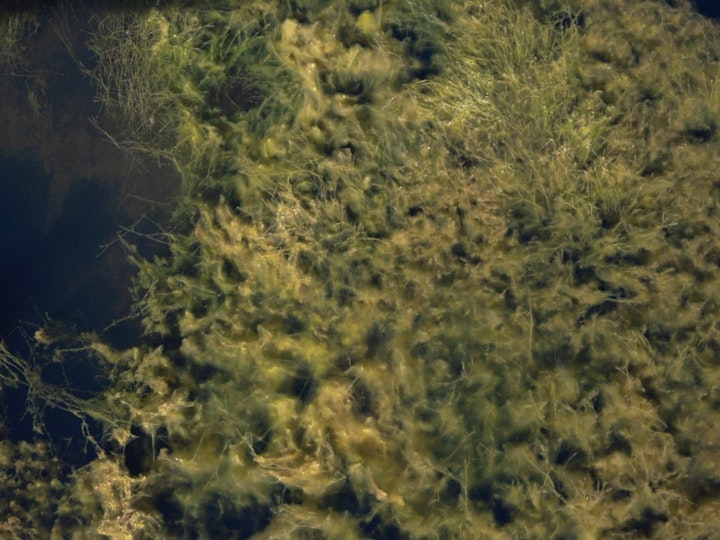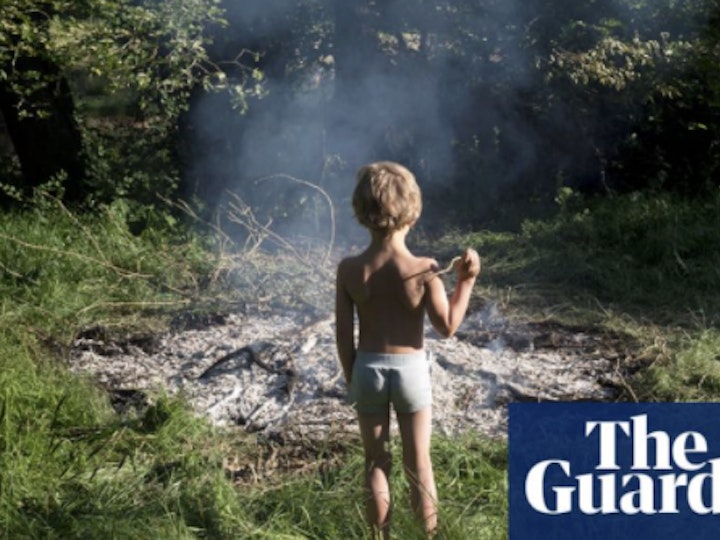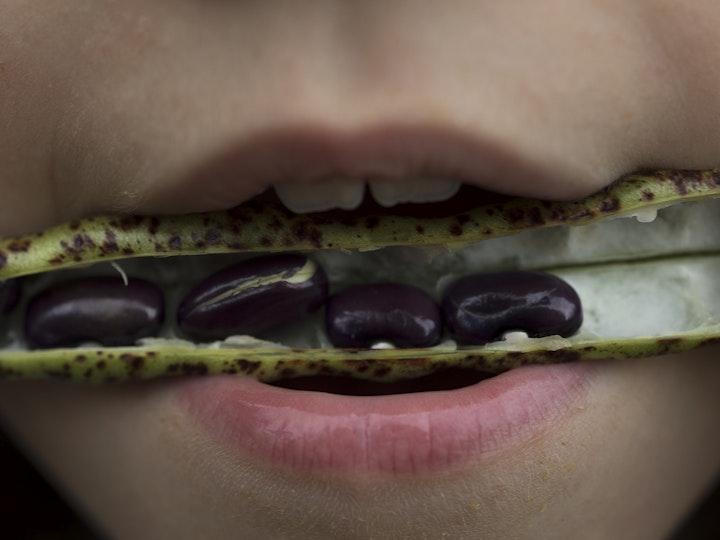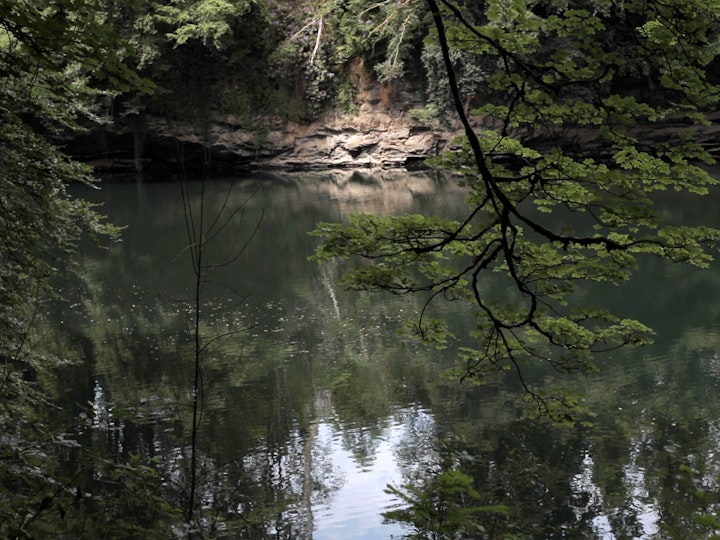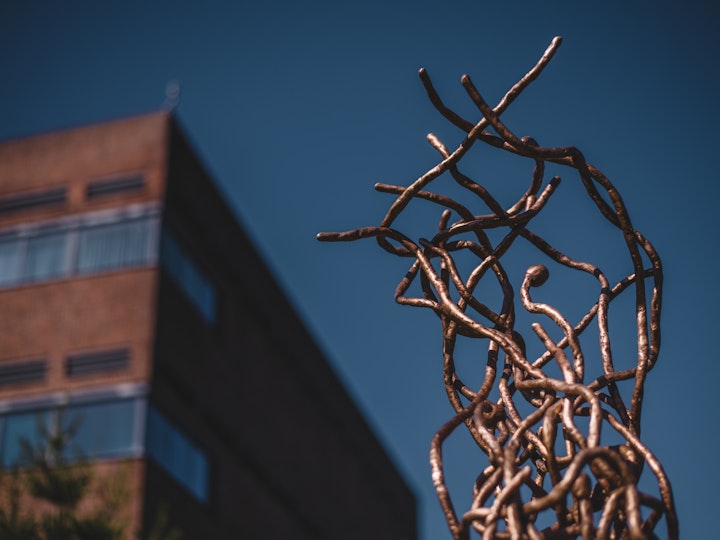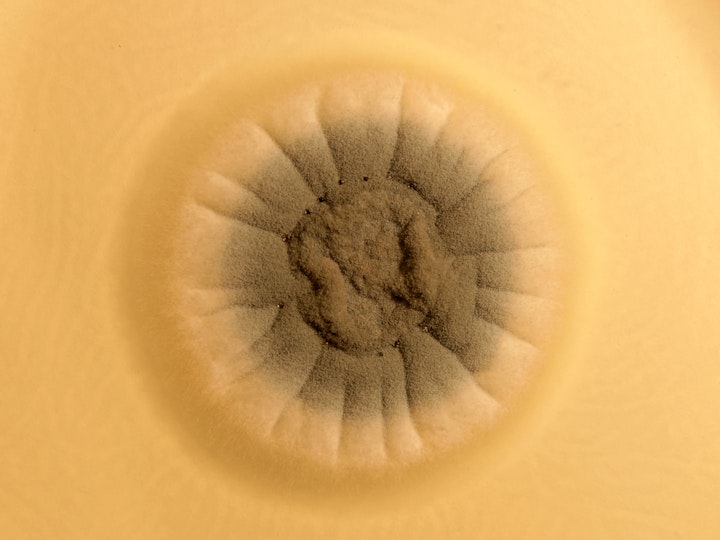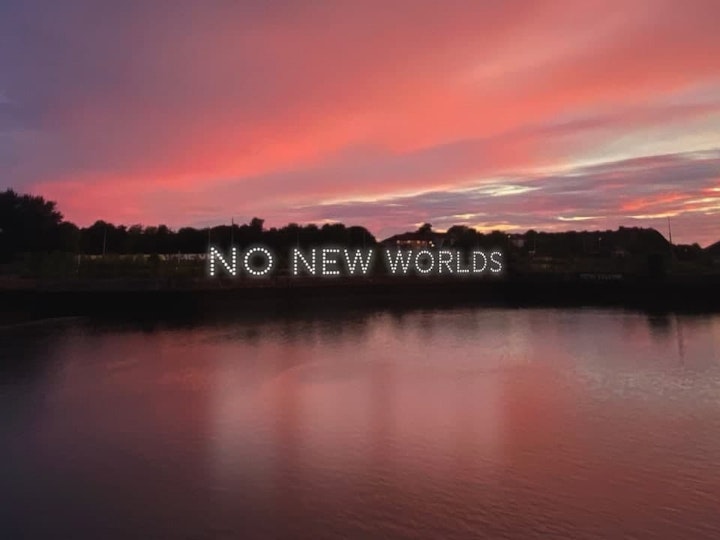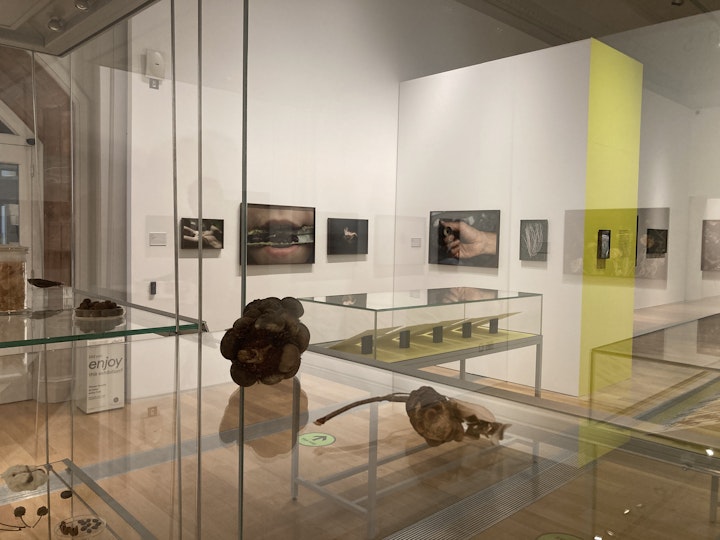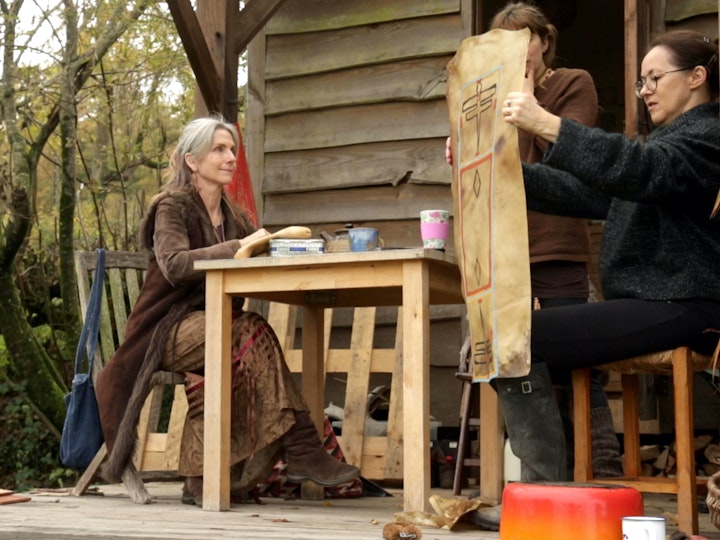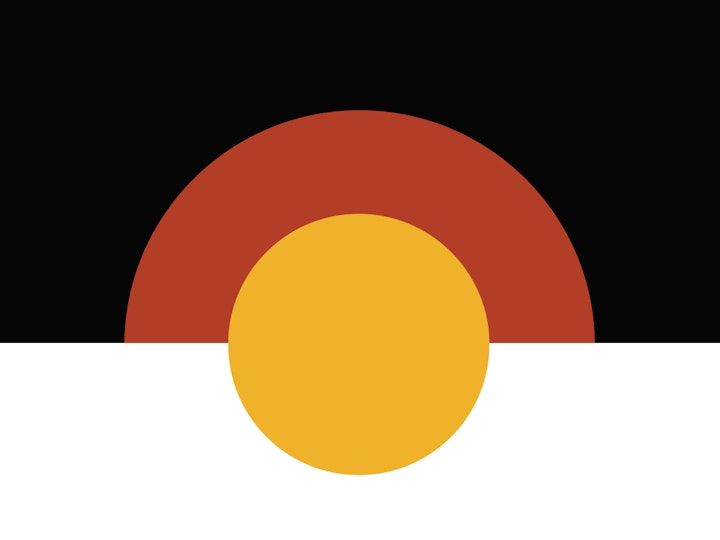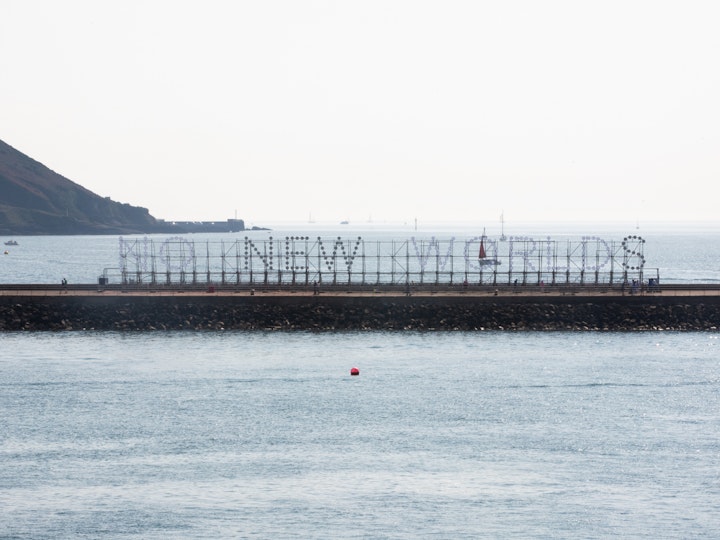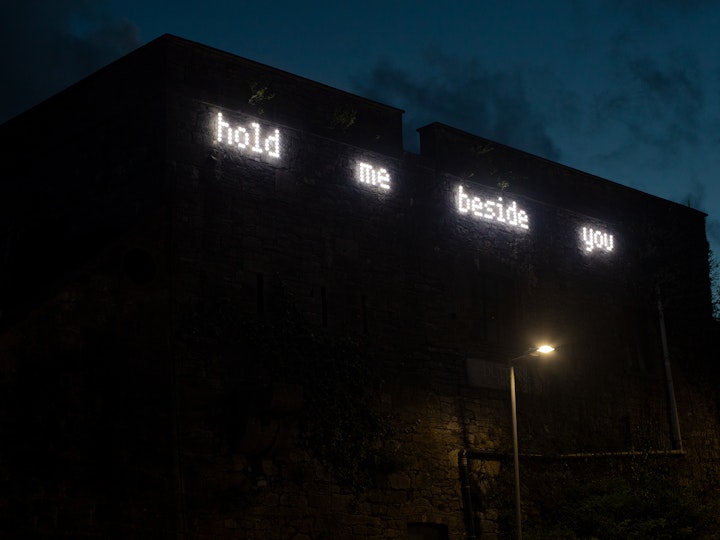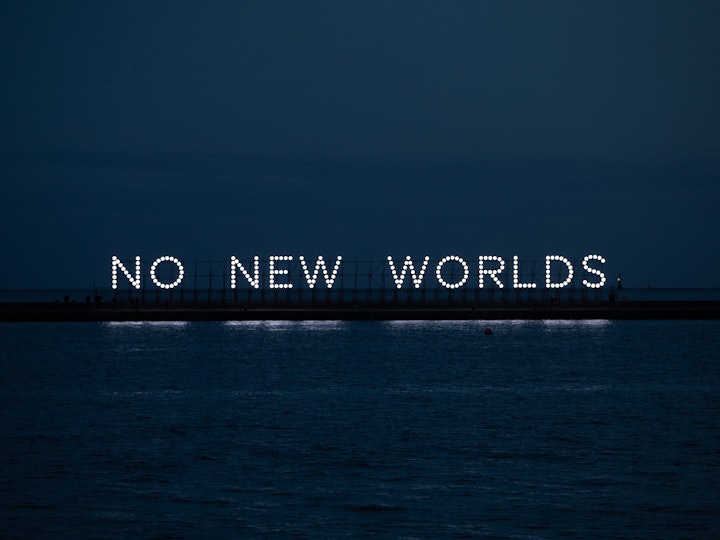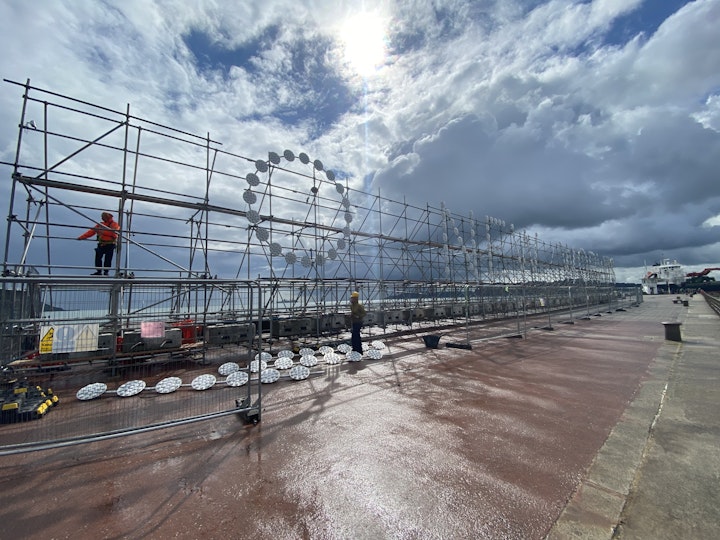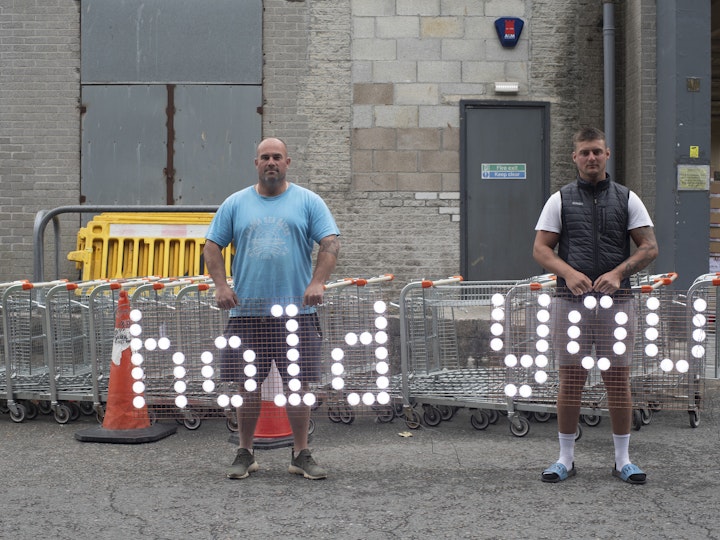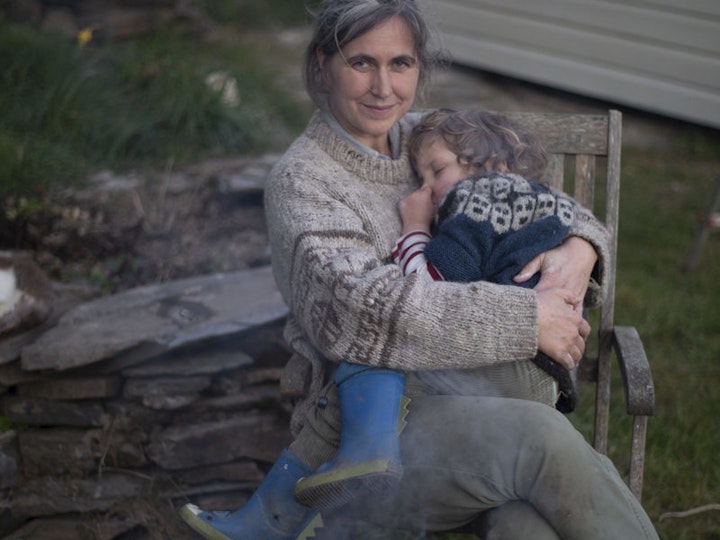So Close by Christian Caujolle
Christian Caujolle 2009
So Close
Concerning In the shadow of things
Christian Caujolle studies under Michel Foucault, Roland Barthes and Pierre Bourdieu in Paris. During the 80s he was photography editor for ‘Liberation’, a time when the newspaper was acclaimed for its bold use of photography and design. He then went on to found the French photography agency Agence VU, which he continues to run as an artistic director. He is an internationally respected writer and critic on photography.
It is more about a visit, about the invitation to a visit, than a description. It is
more about a place, simultaneously open and closed, made of light rather than
being the description of the space that one passes through or occupies, and
which draws the eye before it even radiates susceptible vibrations. It is not
functional, practical or social. It presents itself simply as a receptacle for plants,
bodies, animals, objects, people and clothing that the frame links together
without really defining its function. Space that is floating and at the same time
very real, in which the emotions organise the tension between fiction and reality,
dream, nostalgia, the passage of time and experience, sometimes difficult
because of an unusual situation.
It is a simple, obvious and eminently complex story. It is the story of Leonie
Hampton and her family, who are experiencing a very particular situation as the
mother suffers from a rare condition, difficult to understand, which prompts her
to obsessively put things into the most perfect order possible, then suddenly to
return them to a state of disorder, herself being the only one to know and to
invent the underlying logic. A logic of chaos, of anguish, experienced everyday
by the bodies that live and express feelings, highlights the troubling presence of
her young brother, in full adolescence. It is the result of Léonie’ visits to her
family, of her apprehensions and of her little pleasures, of her uncertainties in a
world that seems to float and escape, incapable of finding any stability, and
which lands back on its feet, incomprehensibly, when one quietly folds the
washing as per usual. And close by, the accumulation of papers creates disorder,
an eerie protection and reassuring labyrinth, but without an end anywhere. Time
settles into a rhythm that is no longer that of the clock, of sequentiality. It
acquires its own internal logic, sometimes gentle, sometimes worrying, and it
manages to organise the somewhat unstable basis of this universe, in which the
immediate strangeness quickly makes room for the possibility of construction.
We will not get to know a great deal about this family, to which we are perfect
strangers, and this is hardly important, as it simply becomes the framework,
indispensable to the artist, for our interaction with another world. It is the matter,
it will never be the “subject”. Even less so since it is in the perpetual evolution
of things, in the comings and goings, in the decision to pursue, in the personal
and artistic necessity to take things “in progress” (not only a “work in progress”,
but a “situation in progress”) that everything is acted out.
It is always very tempting, when faced with a work that diverts and actually
refuses classification, to compare it with works that predate it or which exist in
the same era. One is therefore much tempted – even more so because it is about
a tradition derived from English documentary making – to think that in a more
abrasive manner Léonie is presenting a variant of the first works by Nick
Waplington, innovative in terms of their social approach, on the neighbours of
his parents (thus becoming a way of speaking about his own family) or of
Richard Billingham’s direct and disturbing portrayal of the breakdown of his
father.
Both remain, with undeniable sincerity, spectacular in refusing the contradiction
between private and public, a wild willingness to escape conventions, dates and
references. Yet their call, which also knows how to link pain and humour, in the
end has nothing to do with the subject, or the process, of Léonie. Whilst they
affirm, she questions. Whilst they do everything to emphasise, she merely
sketches. Whilst they choose to be harsh and direct, aiming at revelation by
evasion, she adapts flexibly to the situation, lets herself be forgotten, whilst
remaining incredibly present and indispensable as this world is simply
inaccessible to us without her.
And in this way she escapes another convention – or fashion, already obsolete
elsewhere – of recent years, which has seen repetition ad nauseam, the vacuity
of essentially feminine, navel-gazing, egoistic works that border on autism, that
have attached themselves to the personal “surbanalism” of the everyday life of
the artists, to “nothing” but an exacerbated “I” with which we in the end have
little to do. Léonie, by virtue of delicate and fair-minded tonality, by using little
halftone music sometimes injected with painfully shrill notes, stands directly
opposite these practices, which reveal little more than a self-analysis that is
doomed to fail, exactly because it is narcissistic. Léonie breaths in time
with the very rhythm of what she photographs, without a formal plan, out of
pure necessity, out of a vital determination.
It is here that the formal, aesthetic relevance intervenes, self-effacing even
though it is essential. It is characterised firstly by the fact that, in a sensitive
manner and without any approach being privileged, the relationships between
the images come together to create, much more than a panorama of a situation, a
questioning of the place of she who comments on it and of the position of the
viewer. Delicately, Léonie succeeds in avoiding us becoming voyeurs of her
family at any moment. No misery therefore, simply feelings. It is by returning,
at the exact moment when photography’s time seems to come to an end and
where we are caught up in the crazy spiral of the image in all its meanings, to
the fundamentals of photography that Léonie achieves this little miracle: she
writes with light. And the world inscribes itself on her film, as in the early days
of the “heliographic image”. Without nostalgia however, without any subject
other than the proof of the moment that makes the lit indoors of a greenhouse
sparkle like a fairytale universe, simultaneously desirable and possibly
disturbing, and that makes the deep red plant matter acquire the same sensuality
when seen close-up, yet different, as that of the skin of a sleeping adolescent
when the vibrating rays of light mark out a landscape on the wrinkled skin of the
father.
This is how the colour takes on all its meaning. A colour without any stridence,
a colour retained, deep, organic, from which the world seems to draw its own
material so that one’s gaze can glide there, curl up there, even if it encounters
irritating surprises, whilst everything seems to fall very nicely into its place.
So what is it all about really? It is simply about a key providing access to a
universe. About preventing us from becoming blind and indifferent, about
keeping our senses alert. About the simple, generous gift to a world that is
capable of unfolding itself as soon as we know how to attach ourselves to it, that
is to say, to pay attention.
